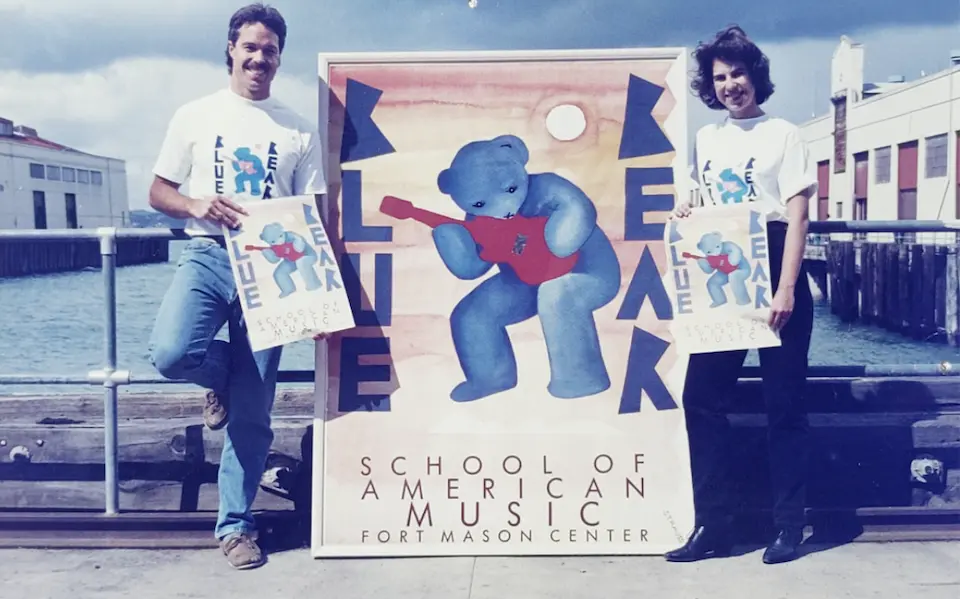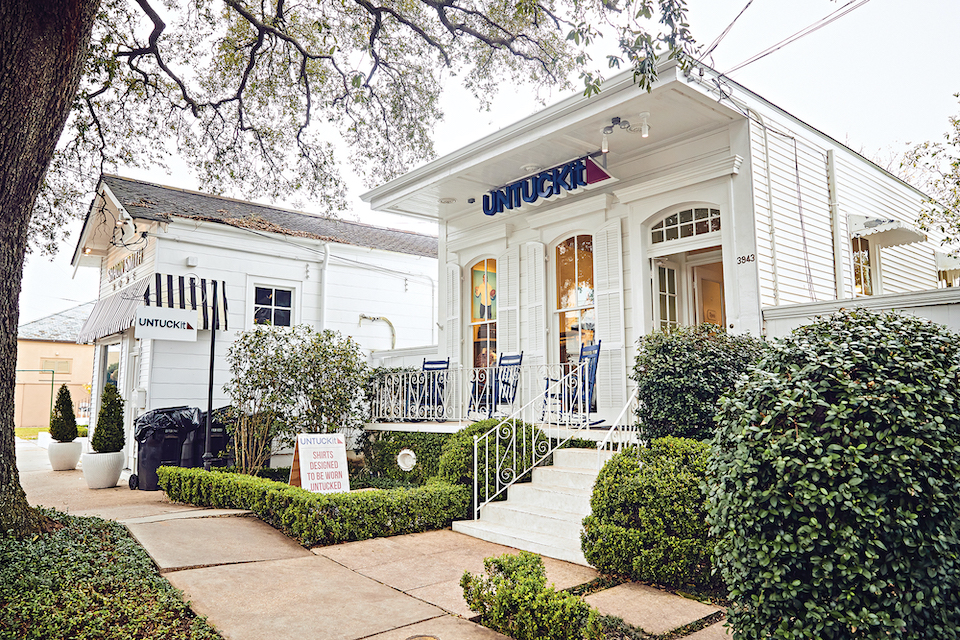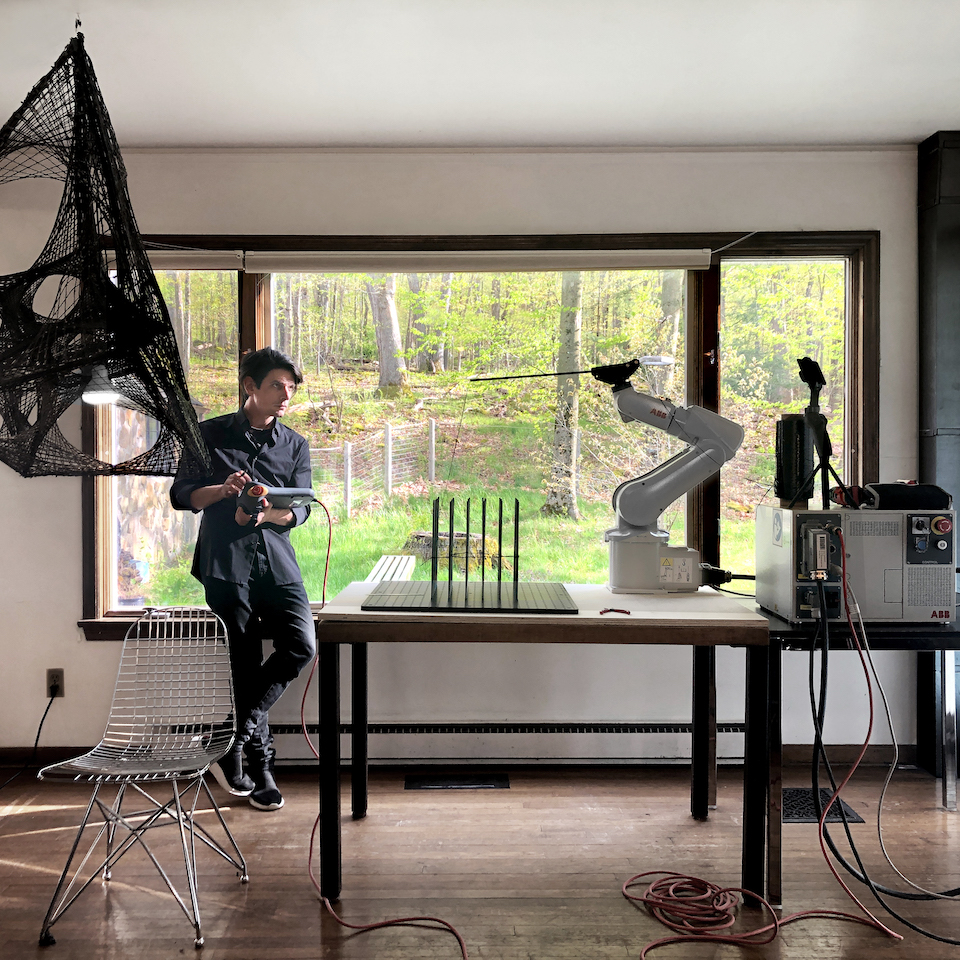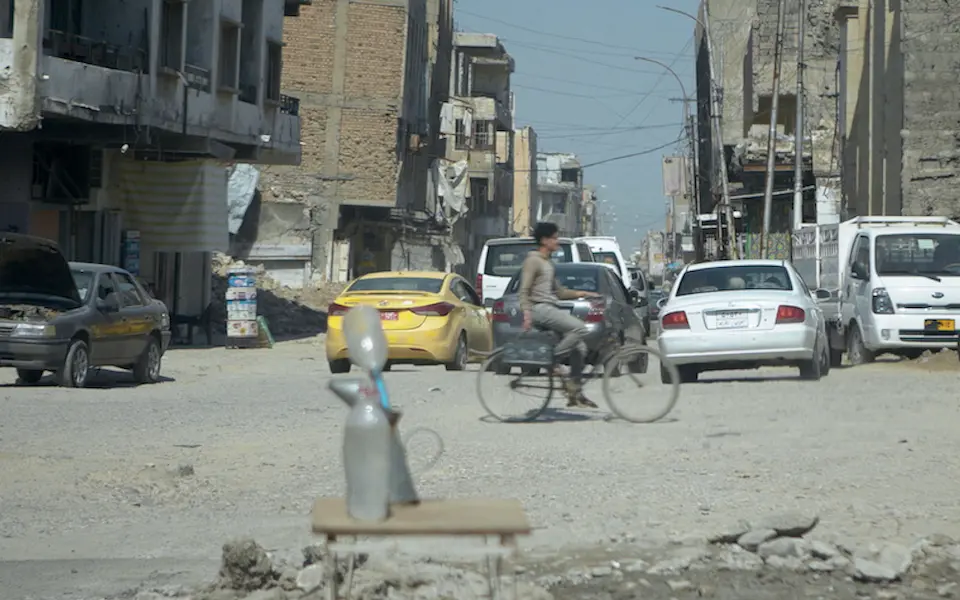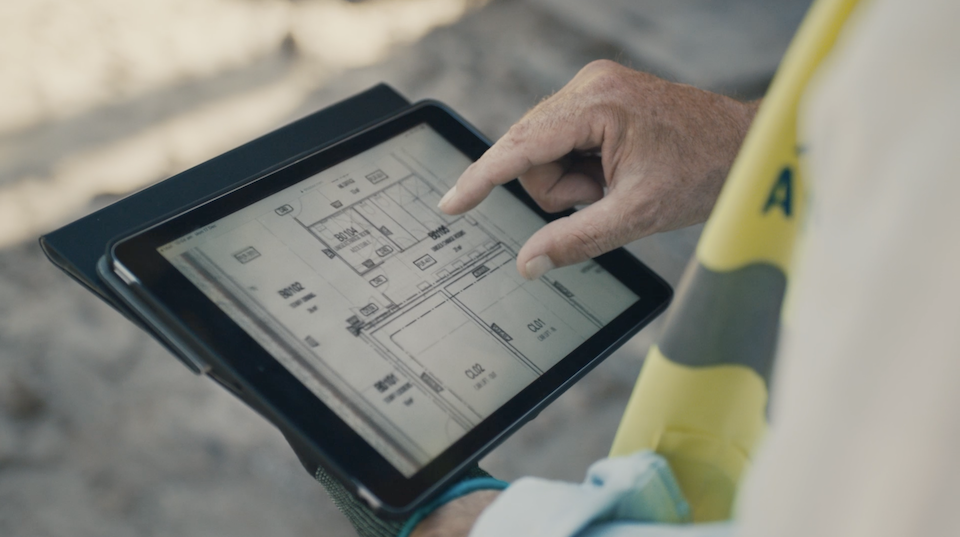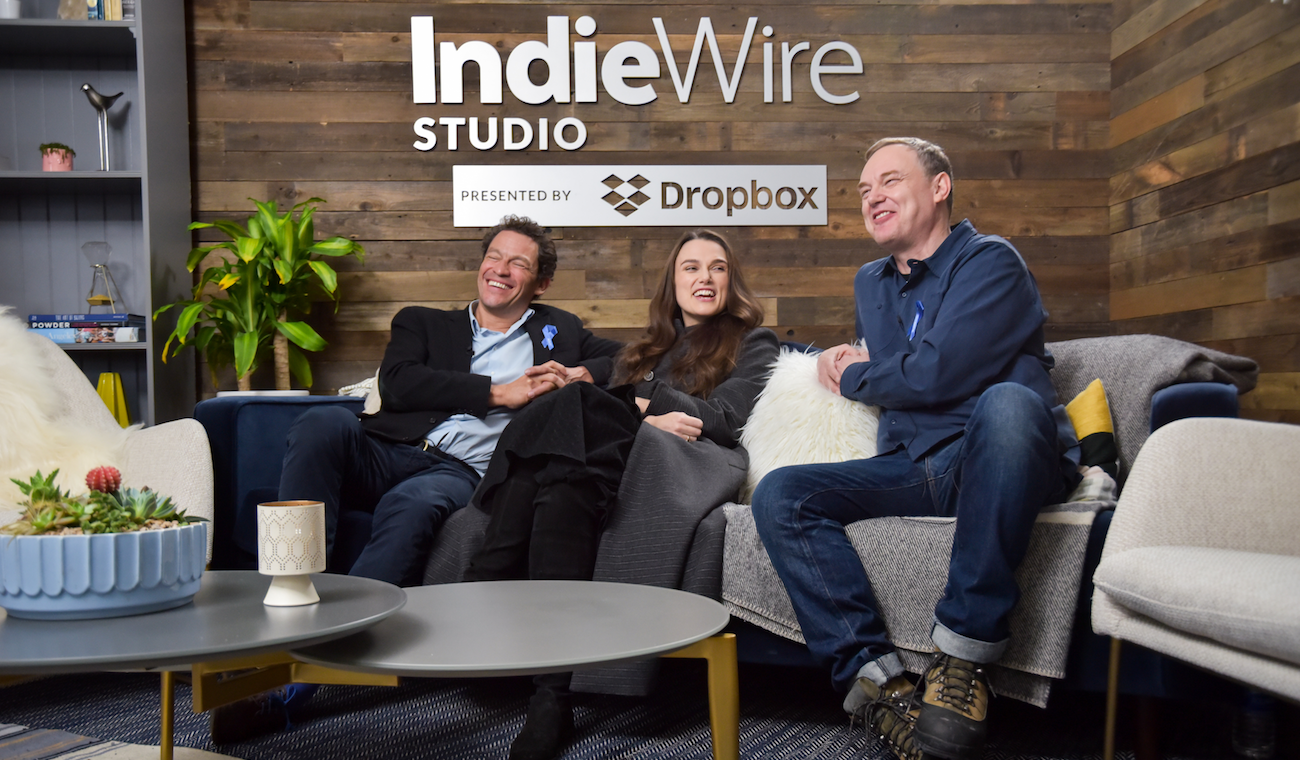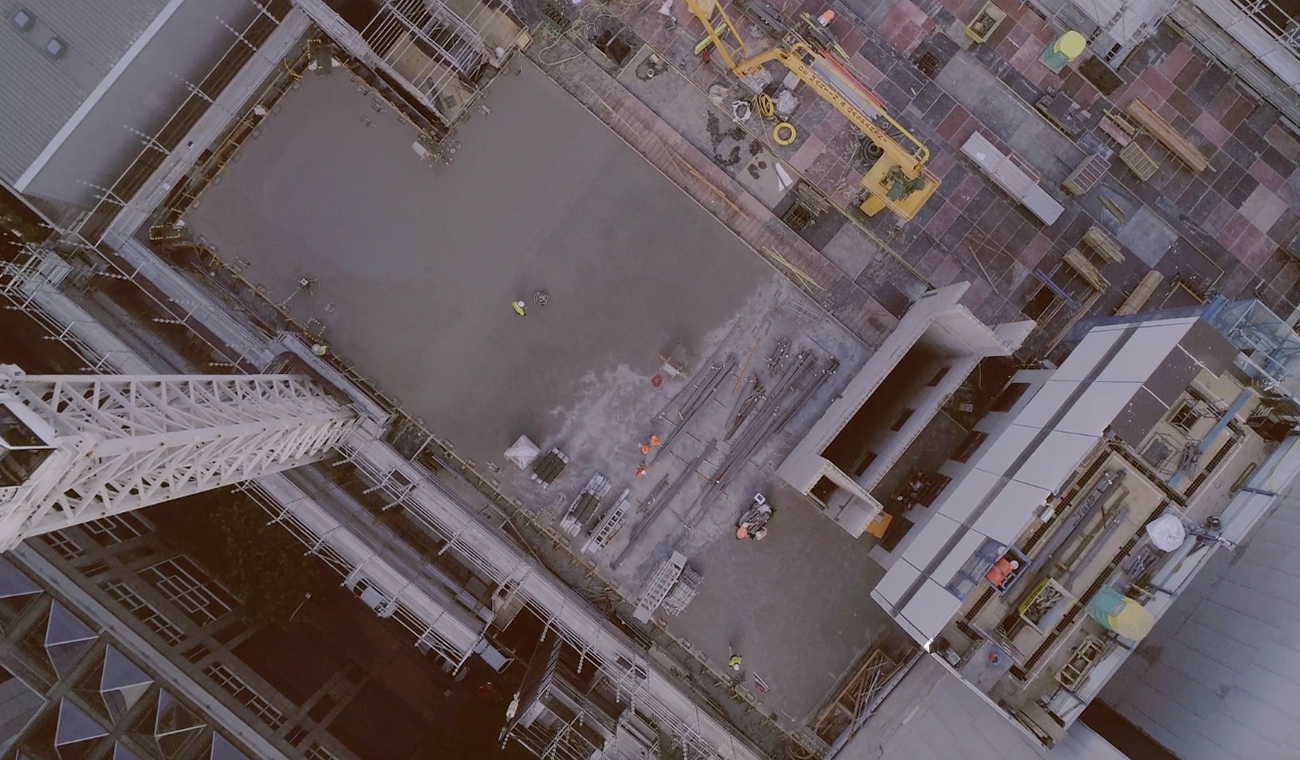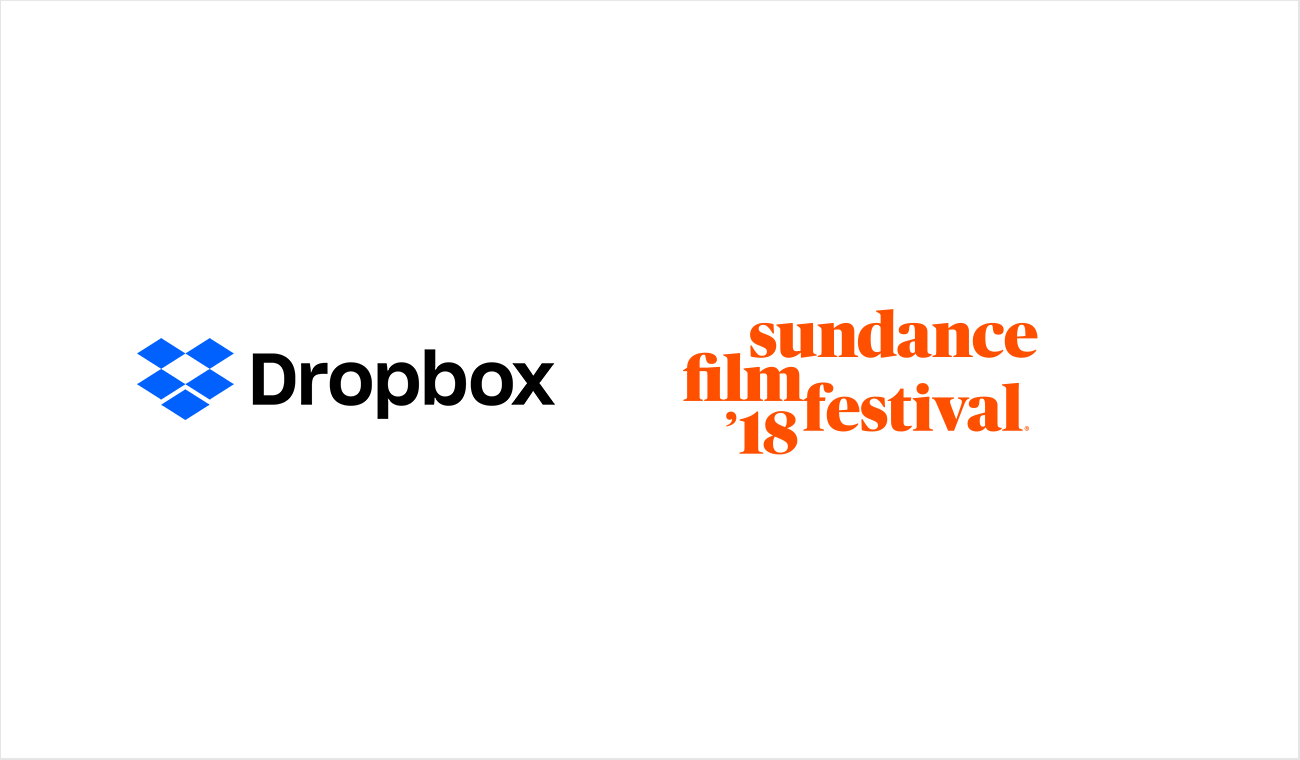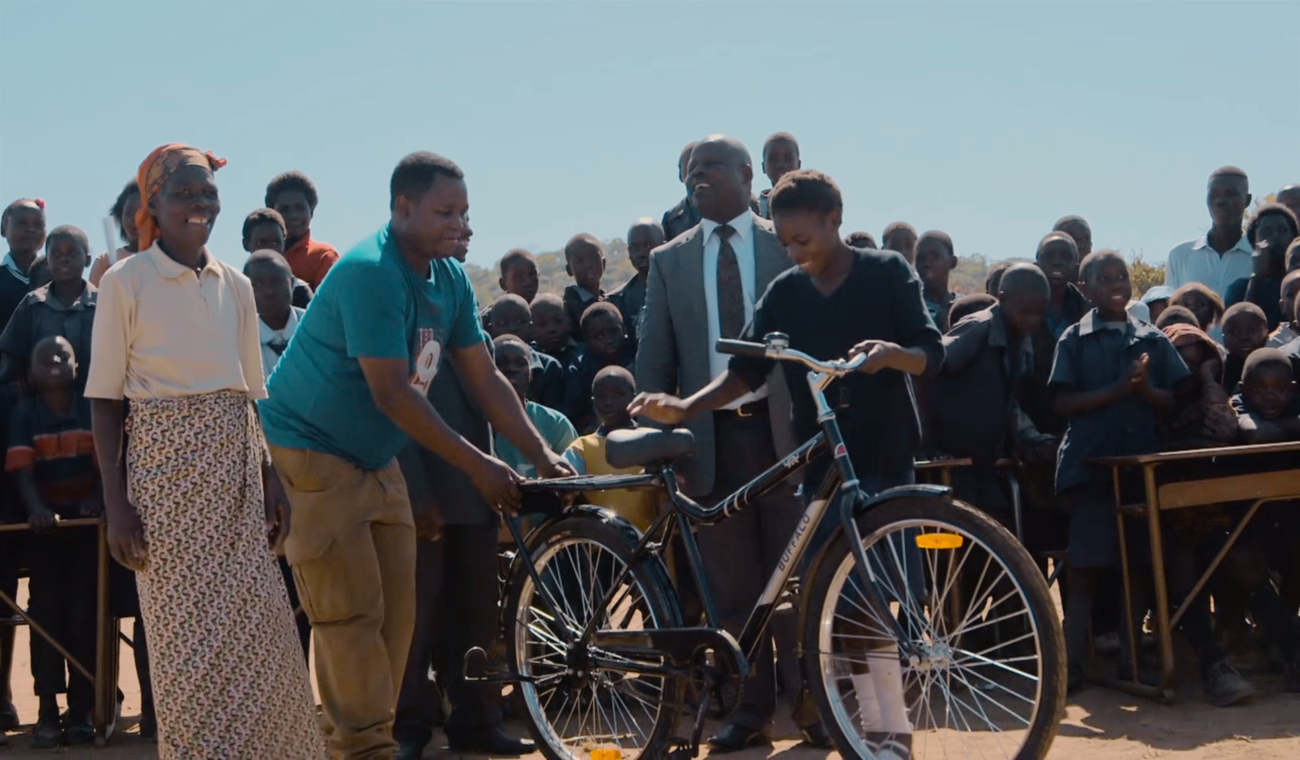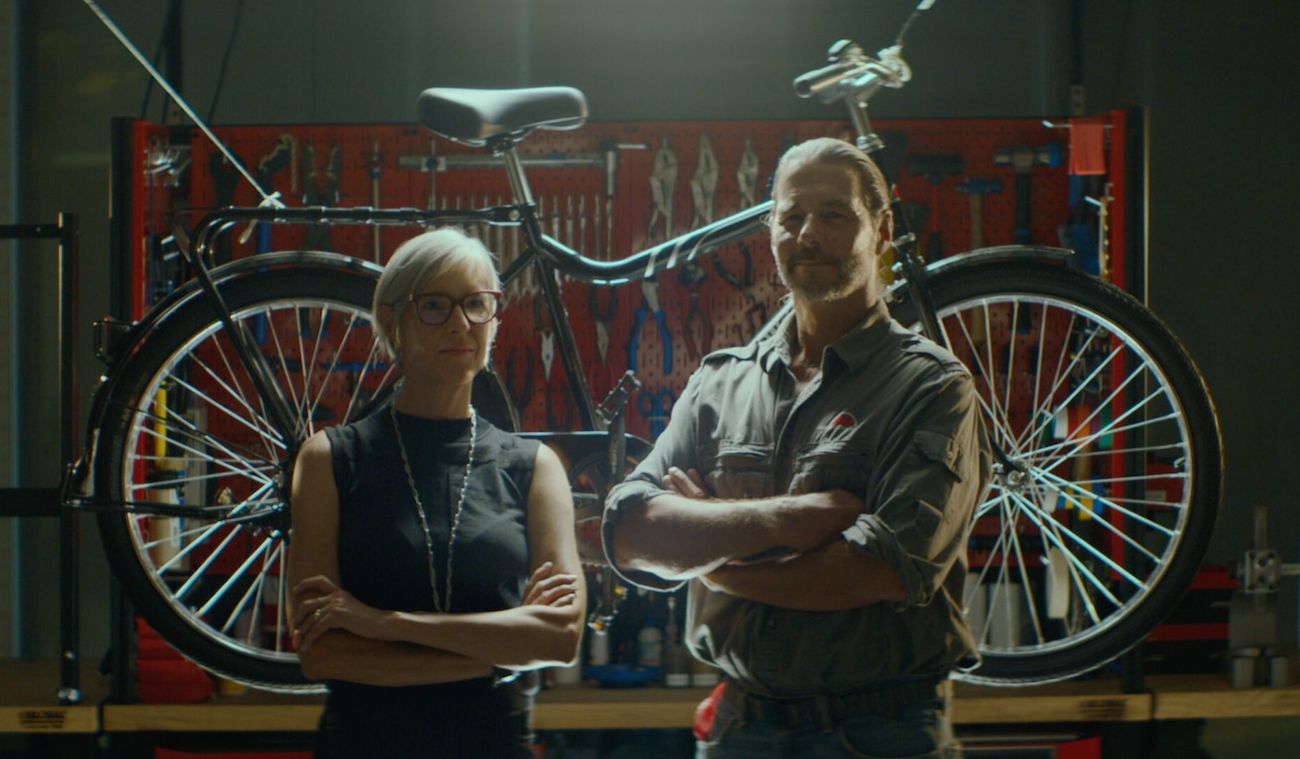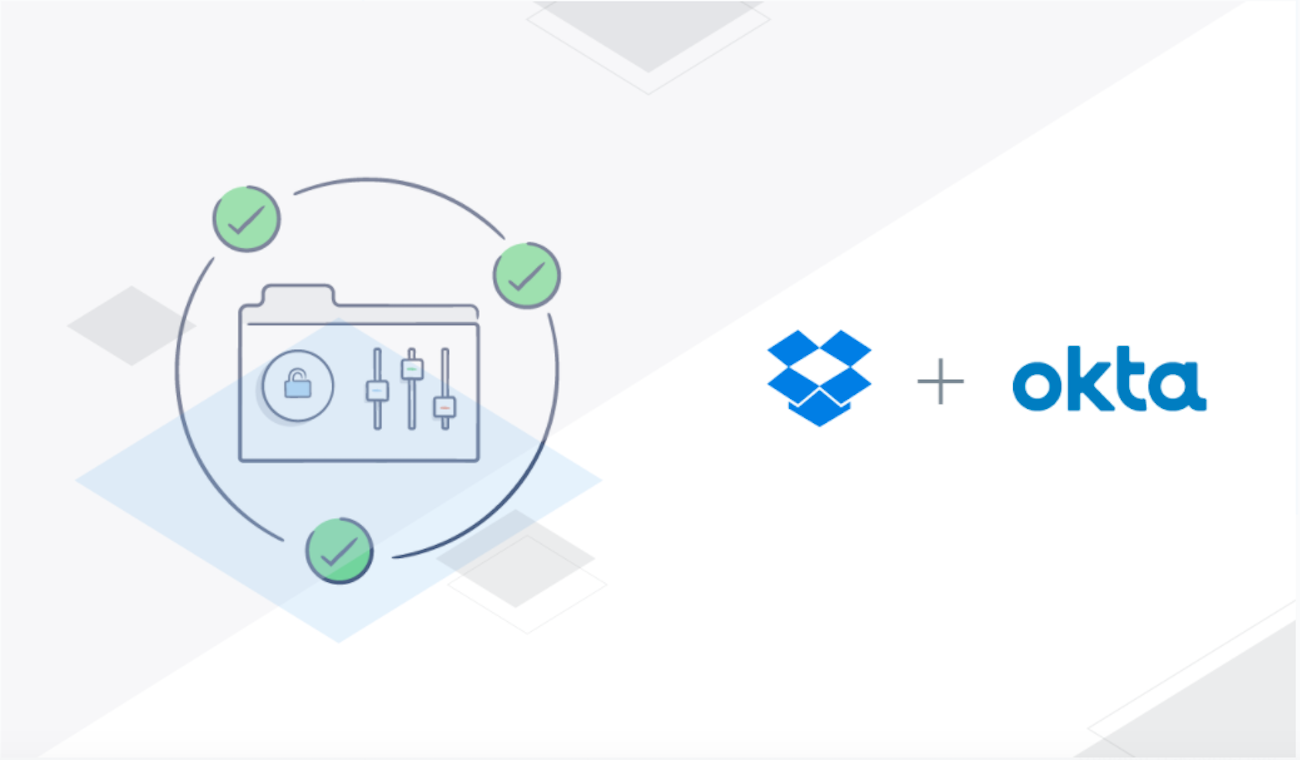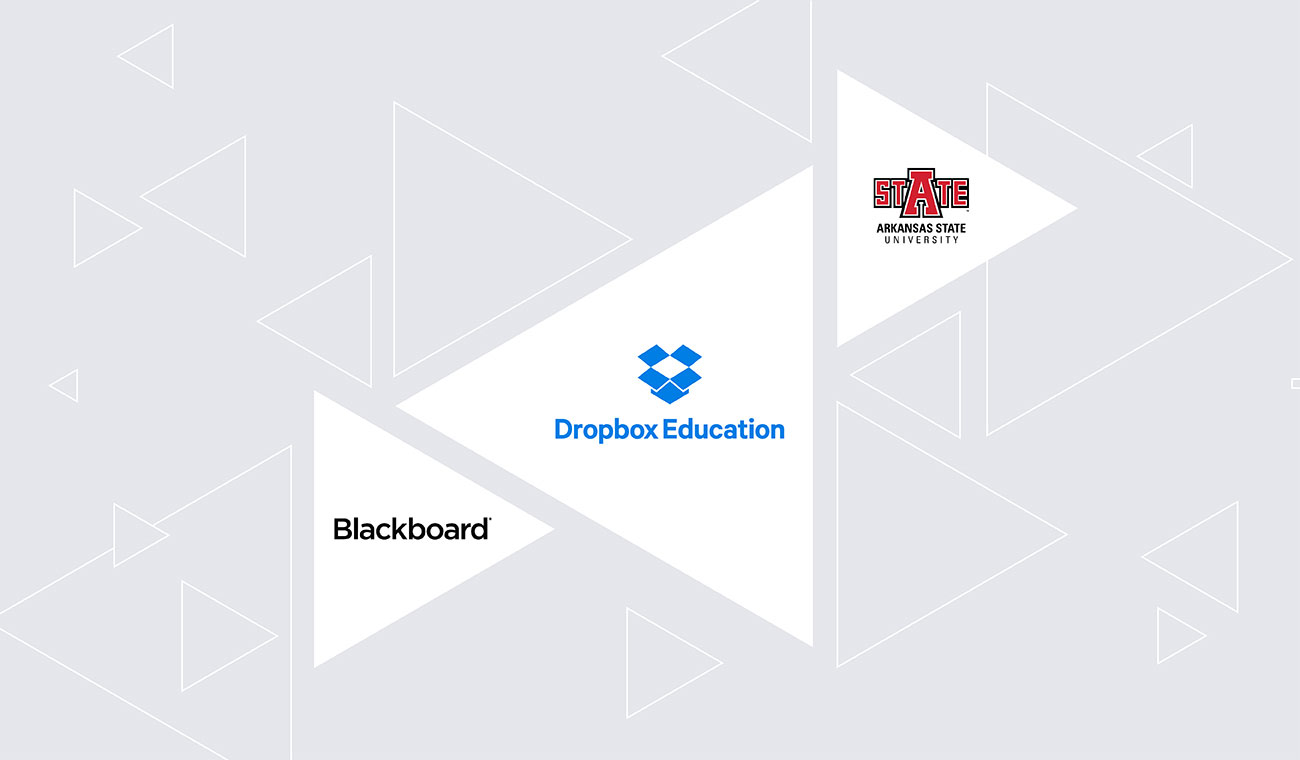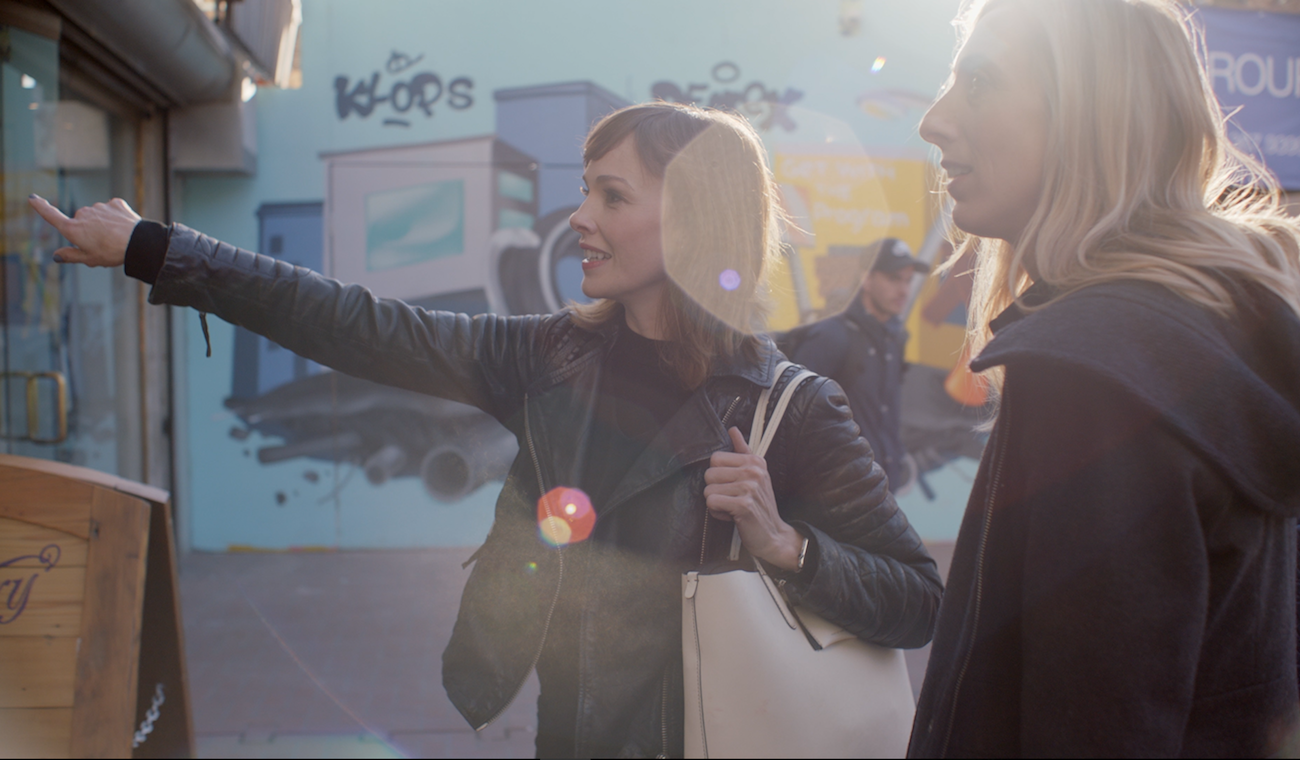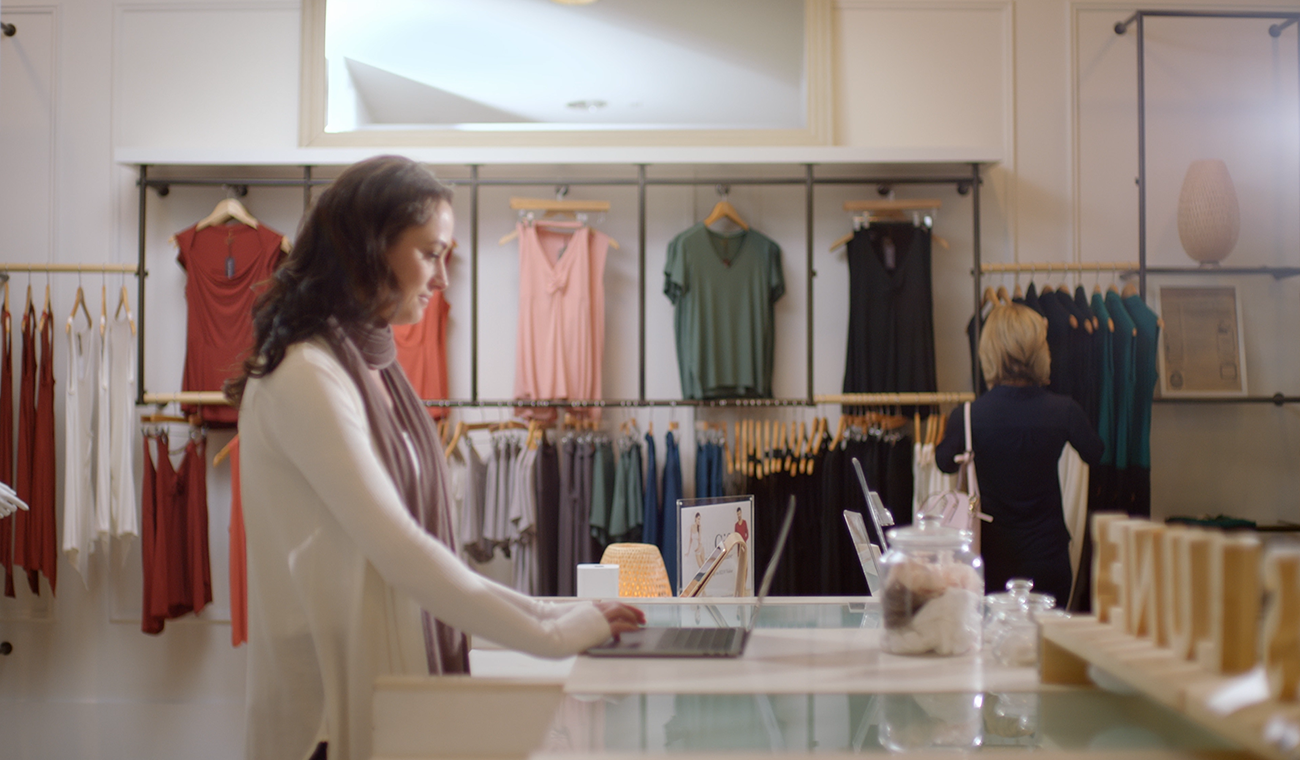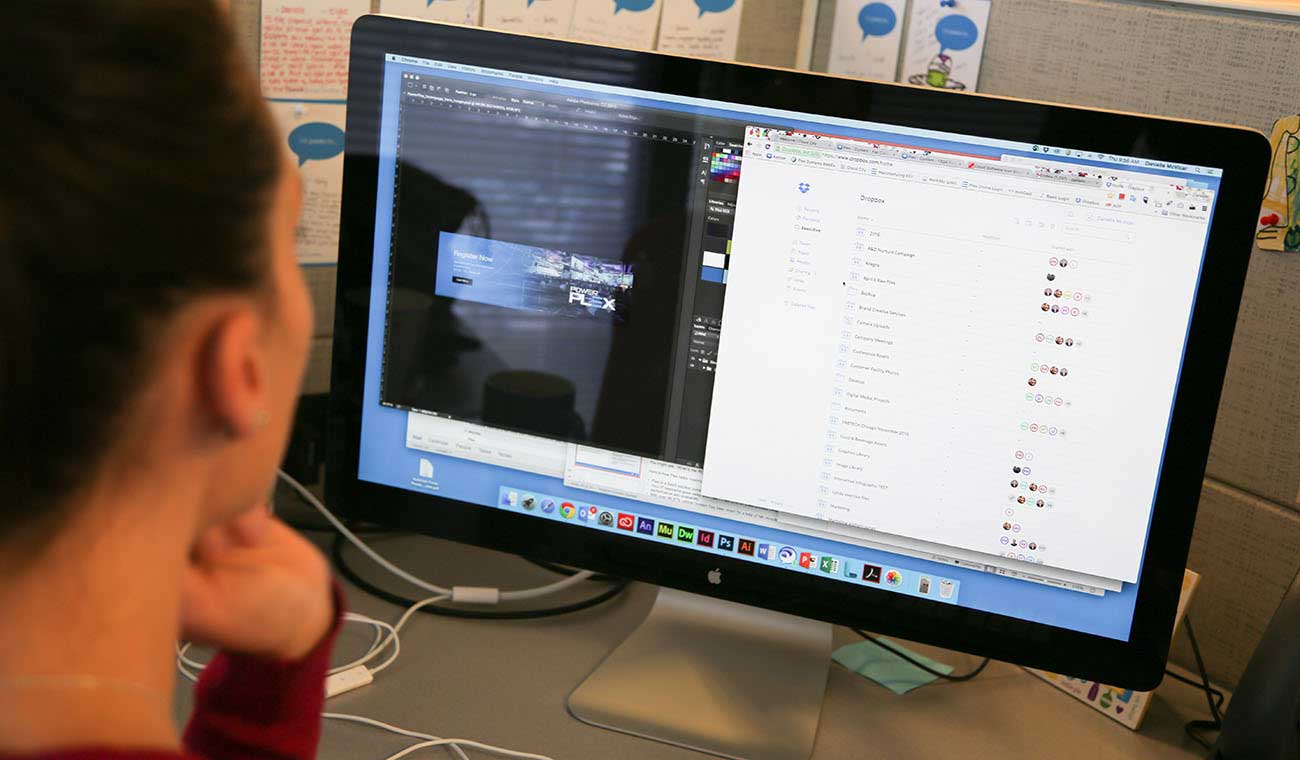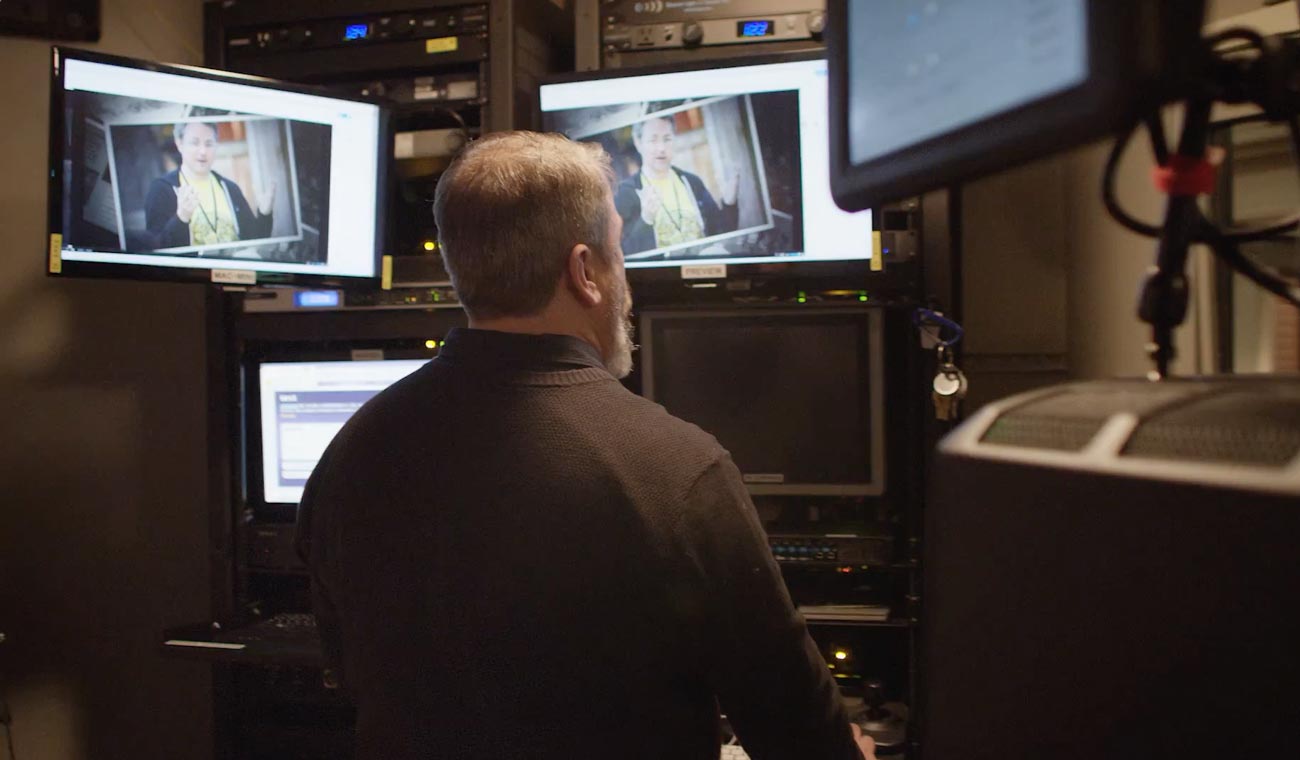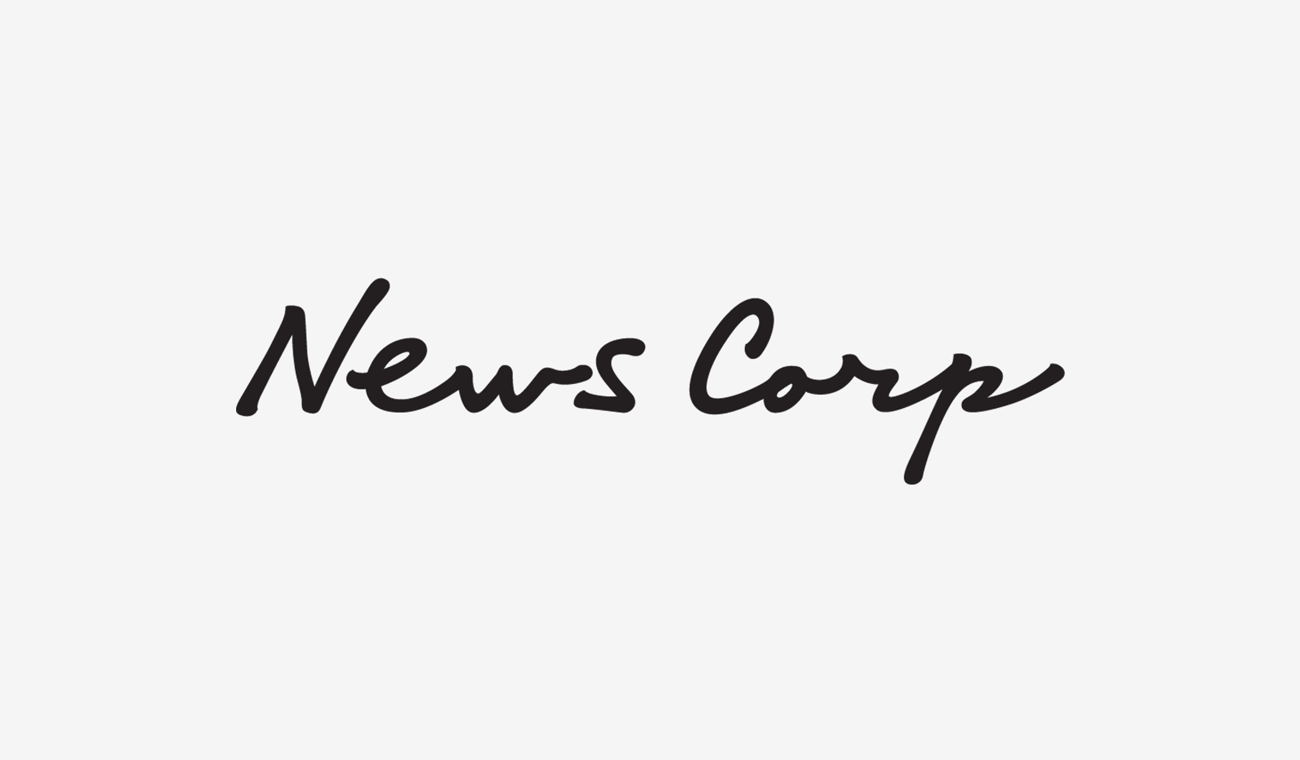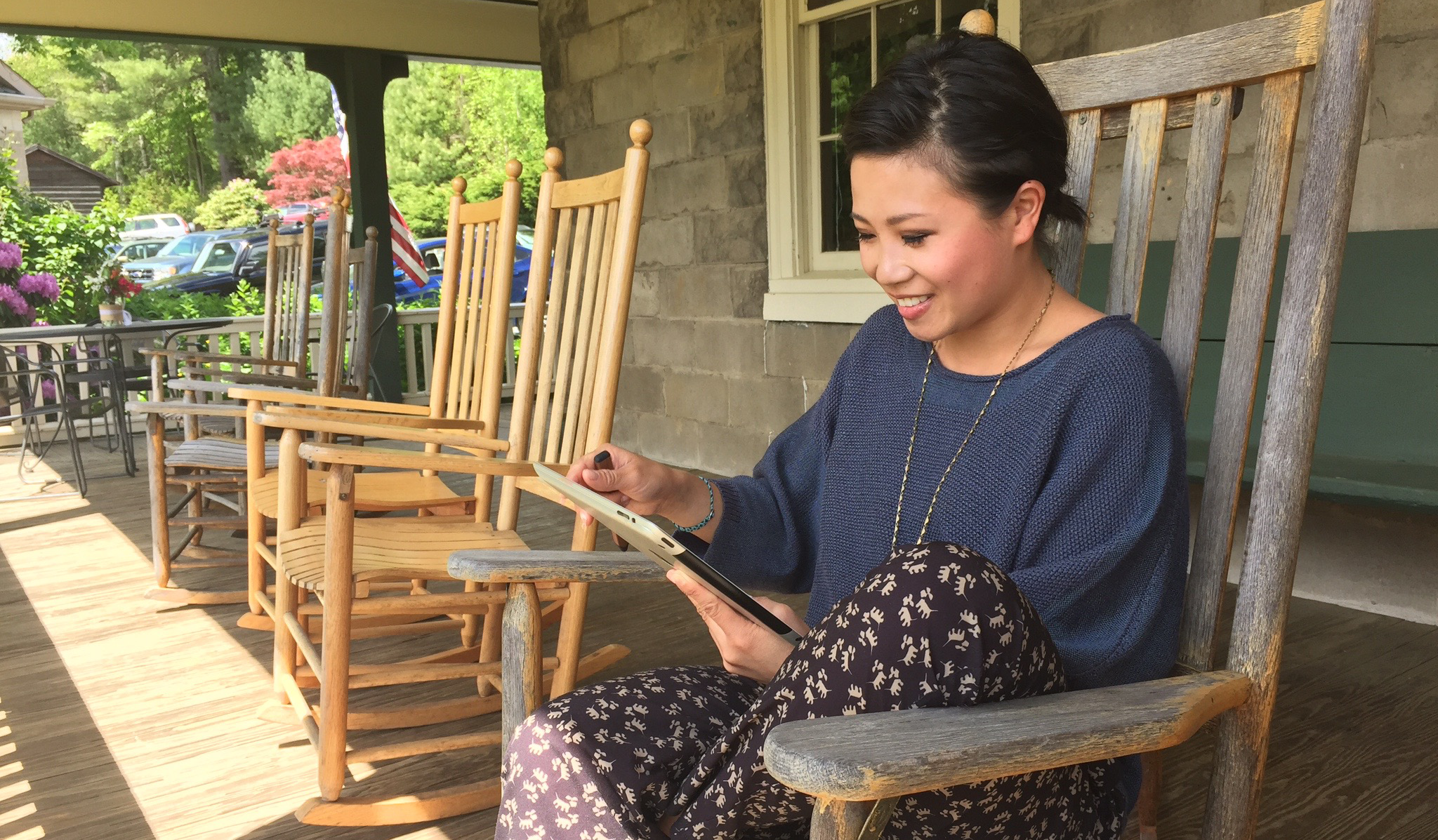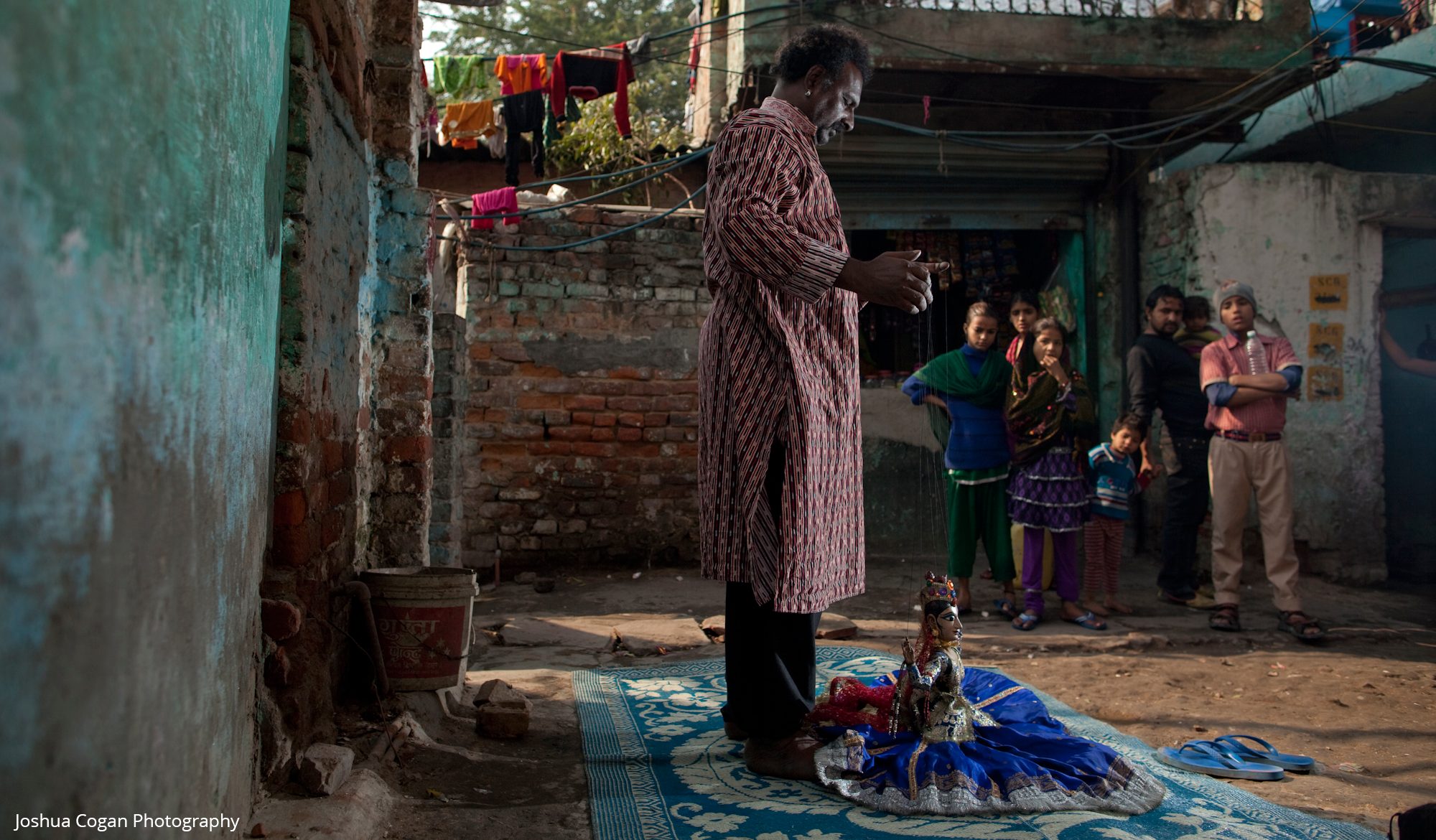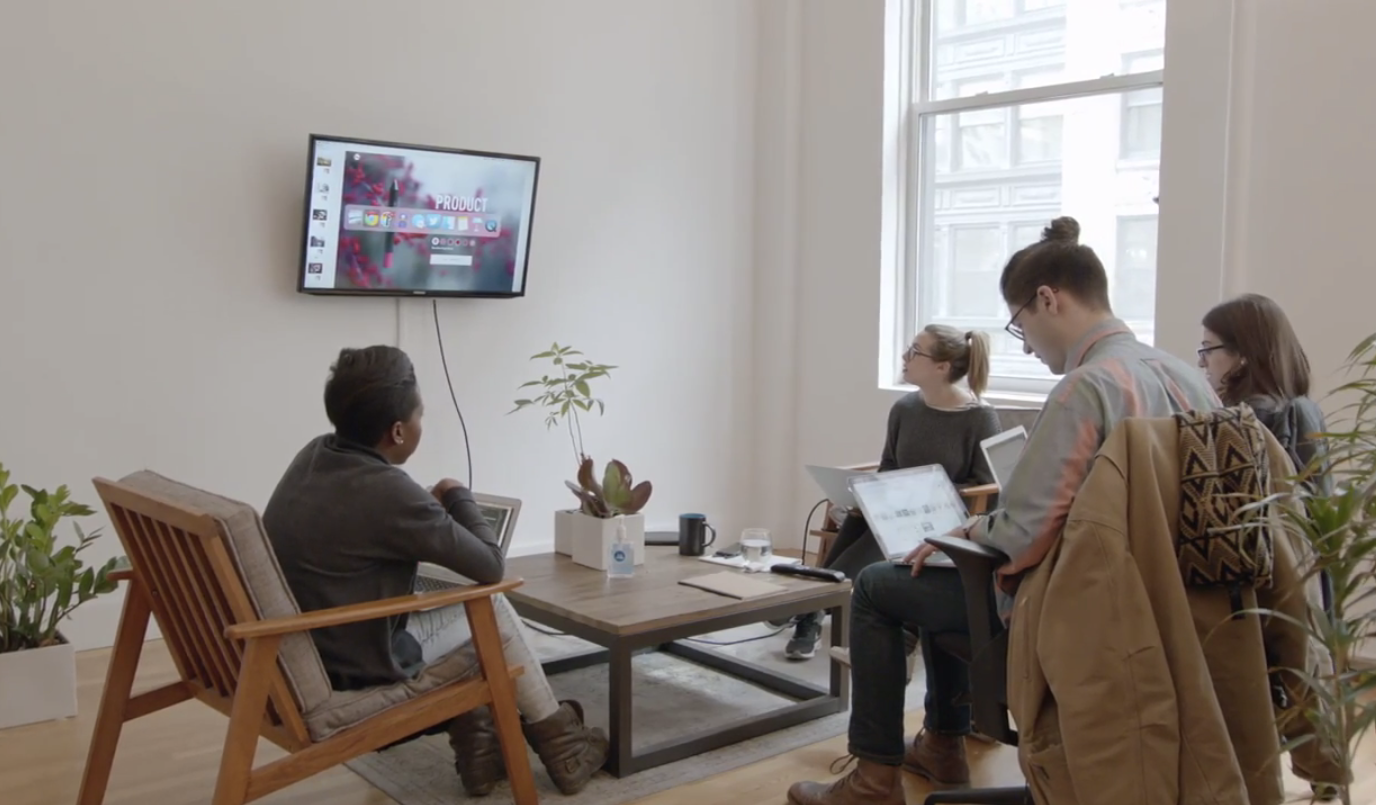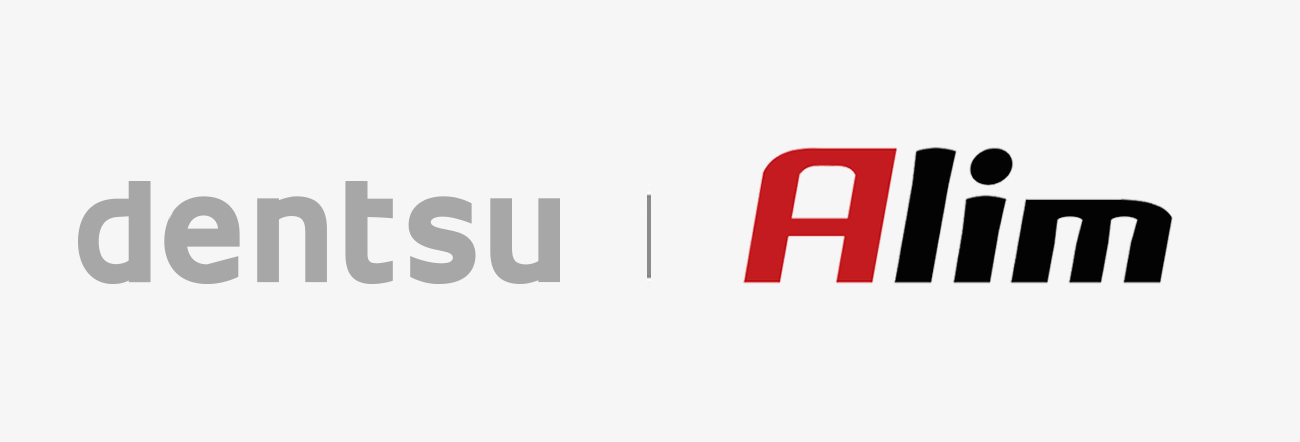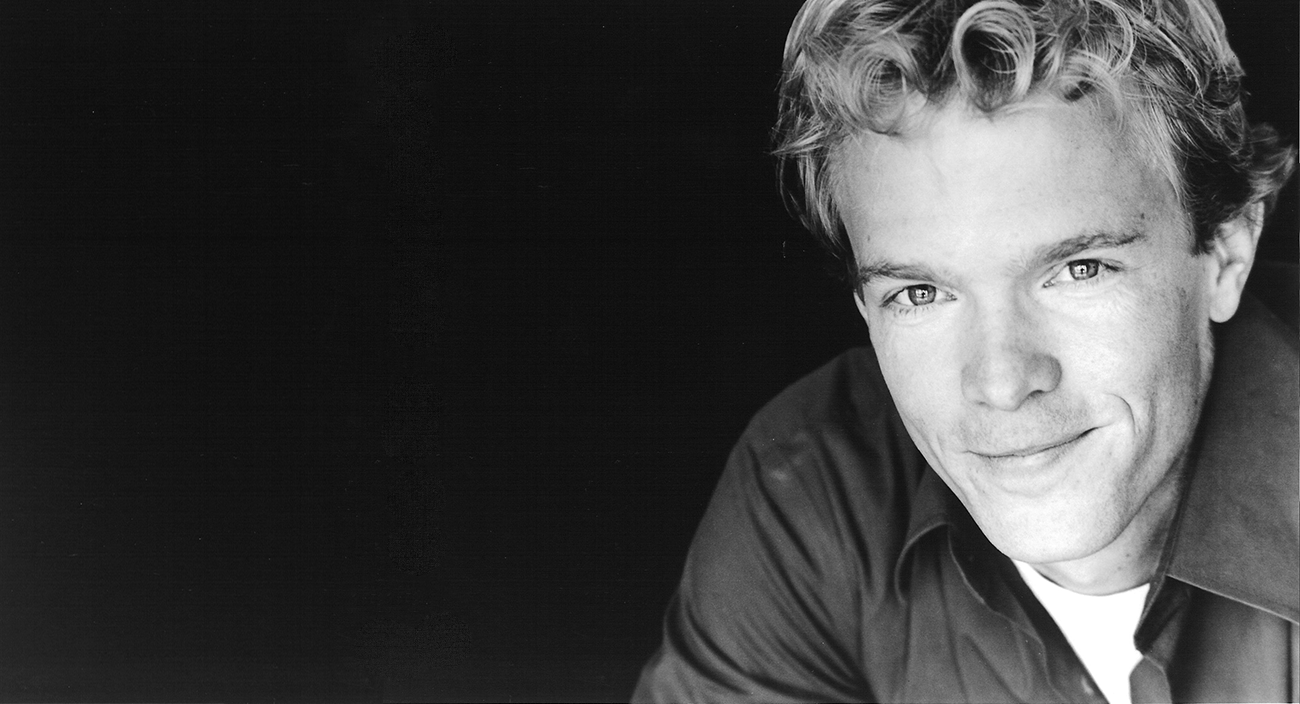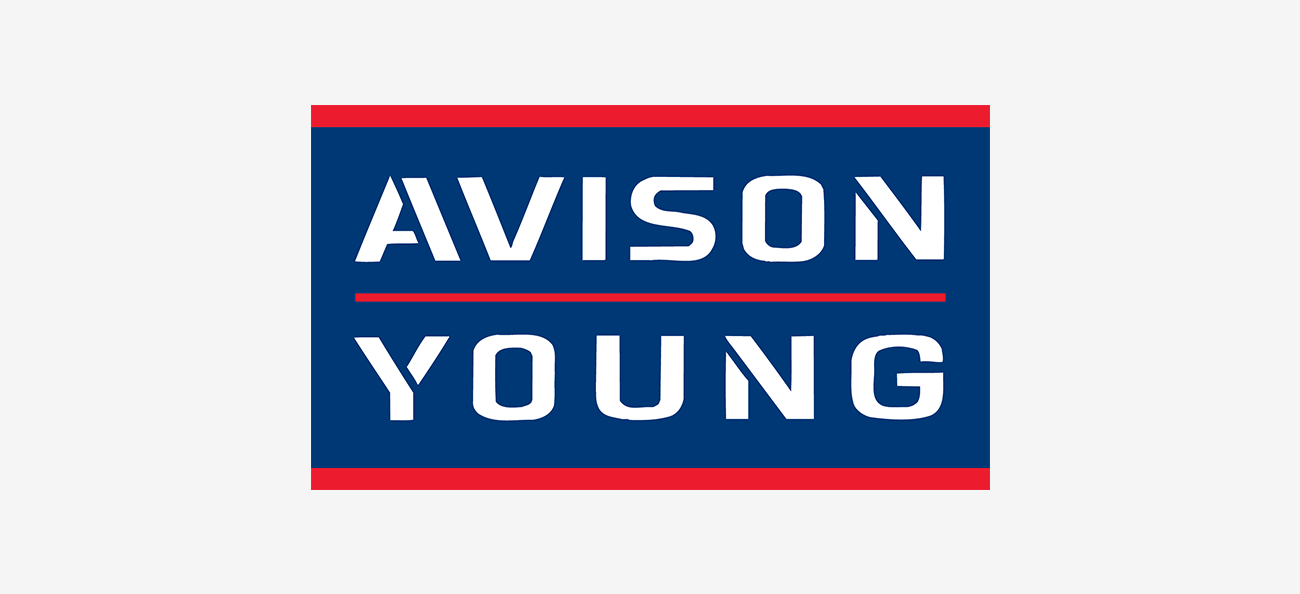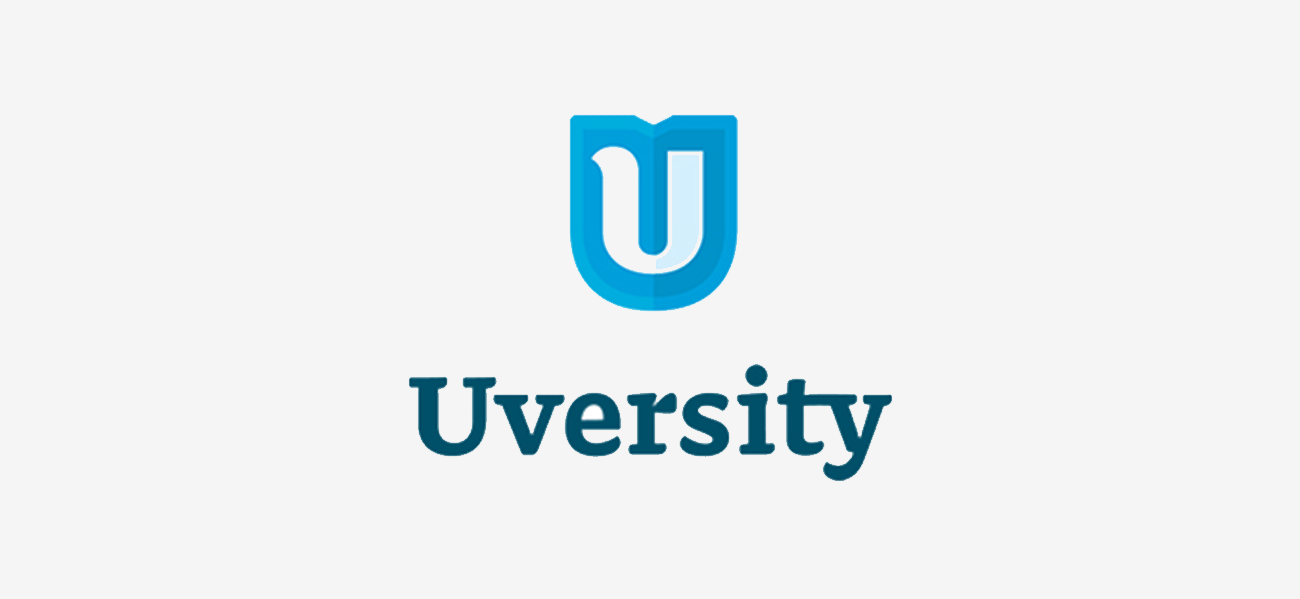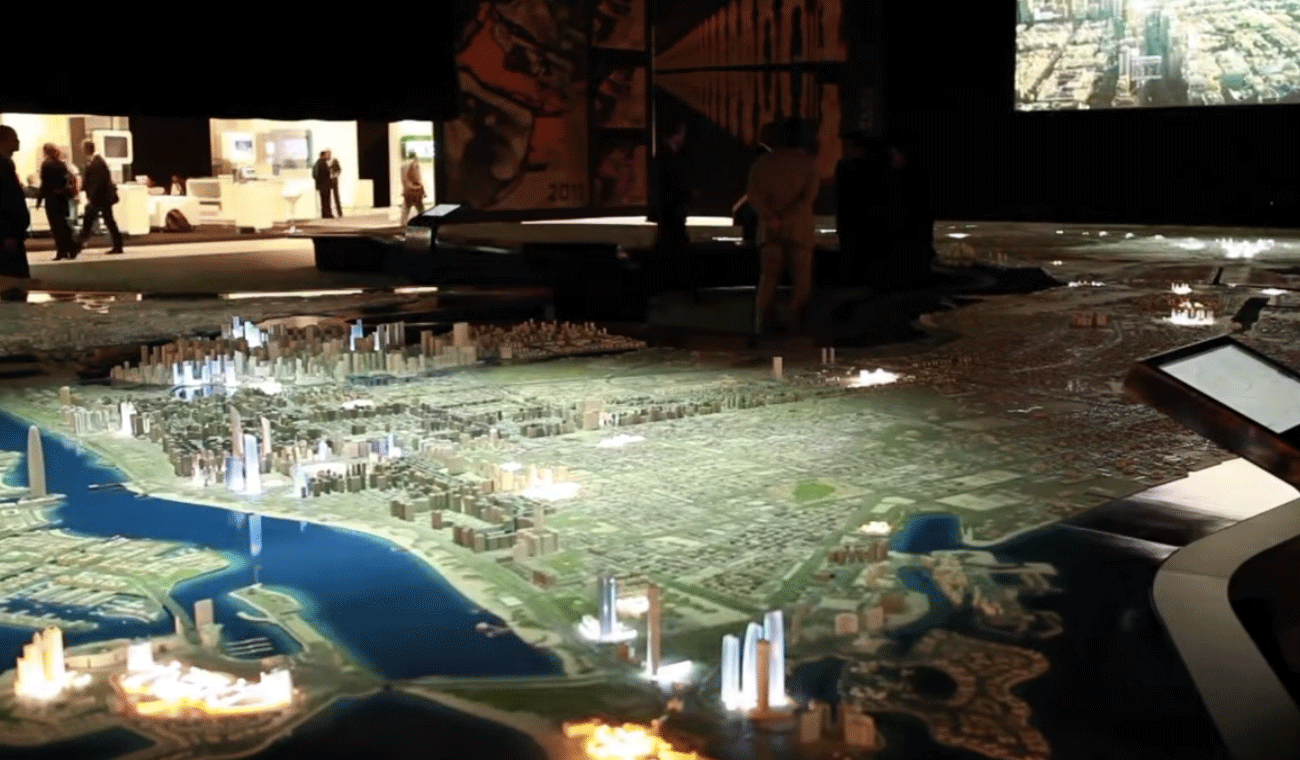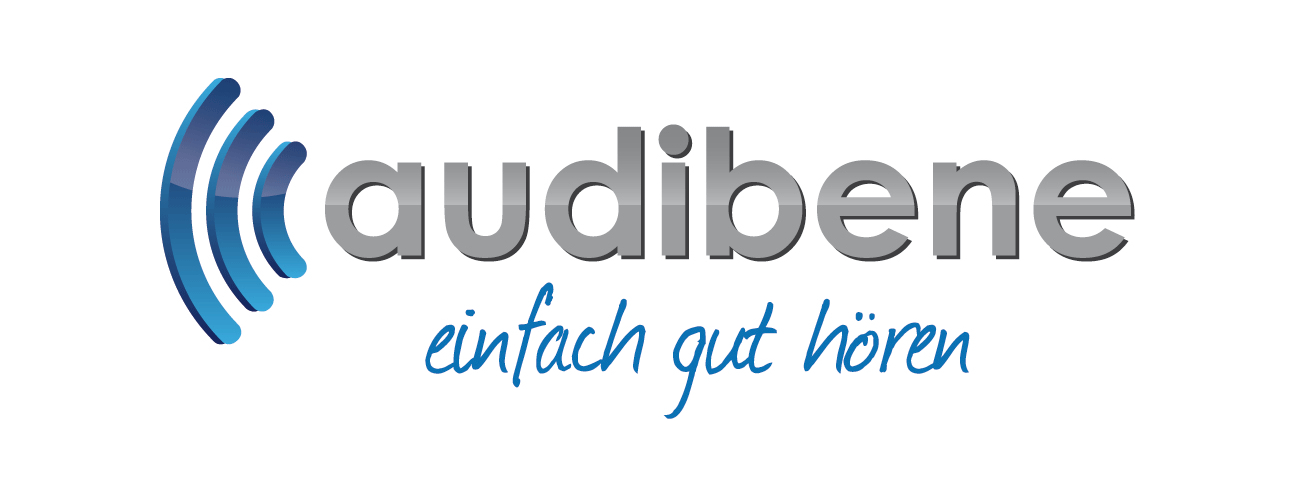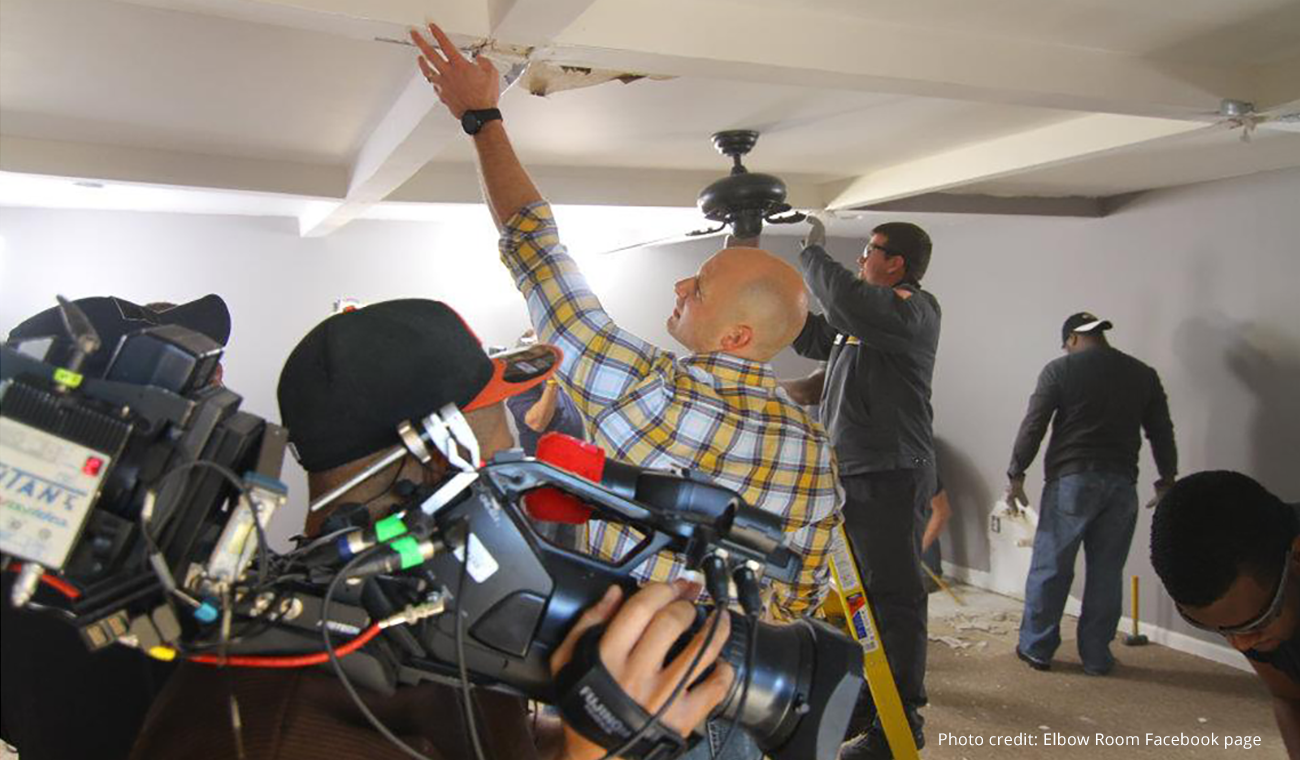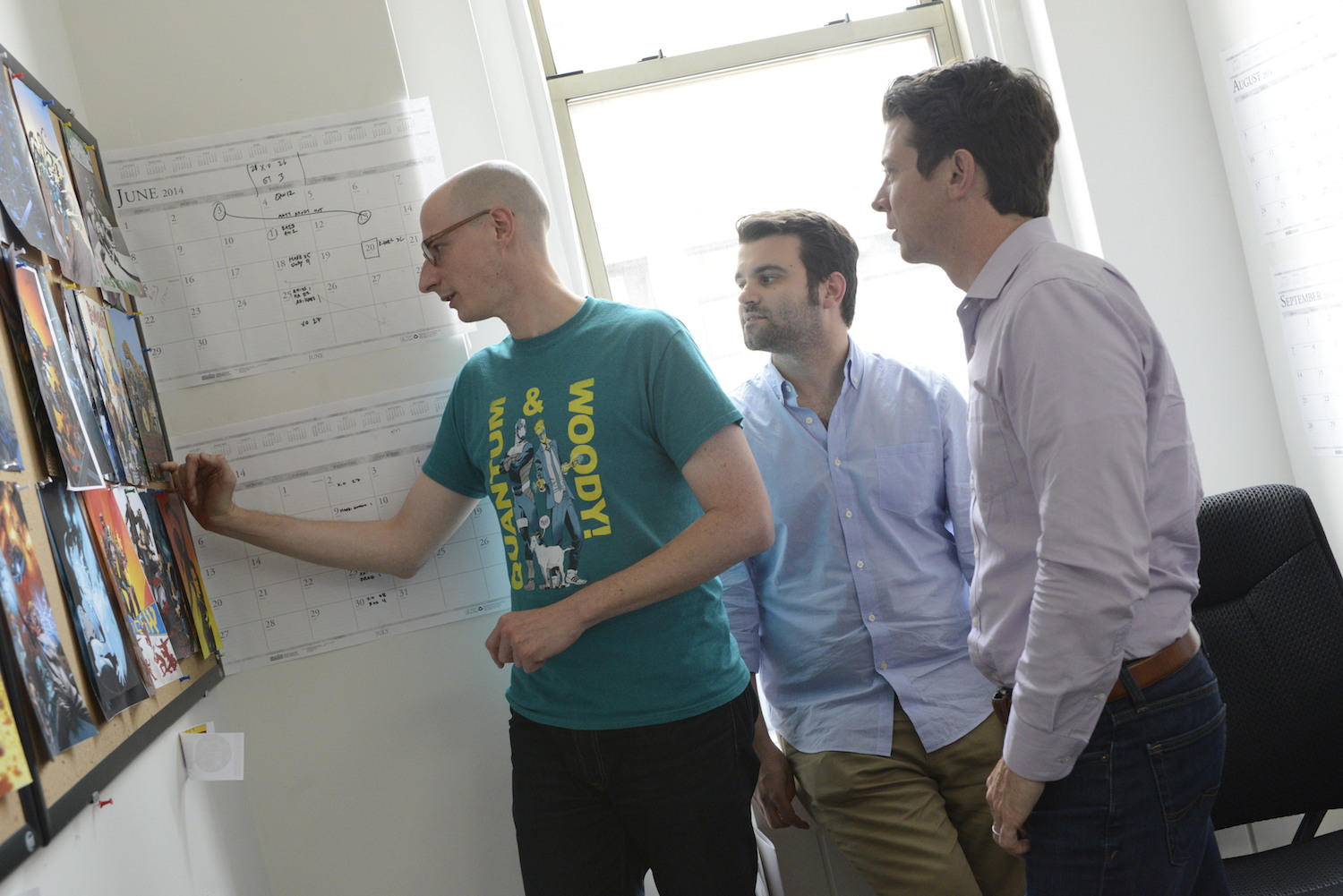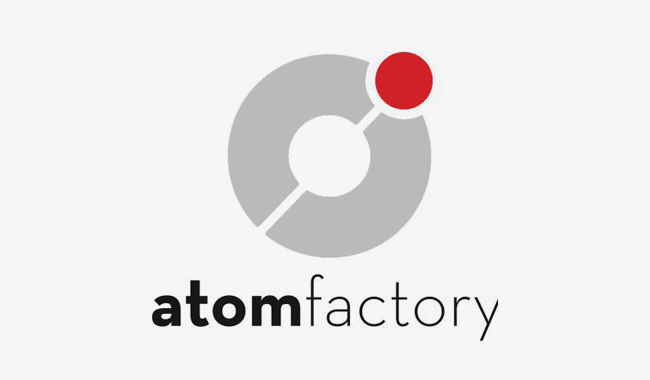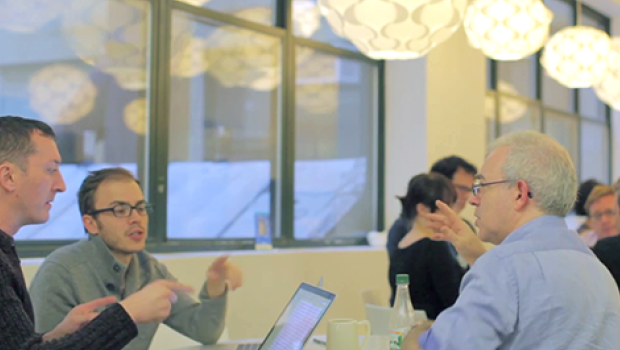
In the sign business, the clock is your biggest competitor.
“We're a deadline business,” says Martin Wall, Owner of Martin Sign Company. “It's one thing to have one client, but if you have 200 clients, trying to balance those timelines can be very hectic. You're dealing with architects, designers, end users, last-minute changes. We're always on our toes.”
Wall isn’t exaggerating. He and his team handle over 200 projects at the same time. They create everything from interior wall murals to exterior window coverings, ADA signs, vinyl graphics, dimensional letters, and large-format, digital-printed signs and banners. Aside from having hundreds of jobs to track, they have dozens of team members to coordinate, and many different clients to please.
Simply put: They’re a small company, but they do big business.

In fact, some of the largest tech companies in the world have hired them to transform plain white walls into a totally new environment. They’ve earned their enviable reputation as a go-to signage shop not just by delivering beautiful end products, but by keeping clients in the loop throughout the creative process.
“There can be a lot of back and forth with clients,” says Wall. “They want to make sure that the money they're investing in a sign is going be right. We do that by showing samples, drawings, schematics, and different things to help them understand what they're getting.”
To keep everyone on the same page from start to finish, they turned to Dropbox.
“I had already been using Dropbox to keep my personal photos. So when I started my business, it was a natural fit to just keep it at the same place,” says Wall. “We started with Dropbox Business to manage those files. Now we use Dropbox Paper to collaborate internally on how the projects get done.”
Before Paper, the team had been trying to keep track of jobs with spreadsheets, but not everyone was on board.
“With any process, if everybody's not following it the same way, it doesn't work,” says Bobby Wilcox, Production Manager at Martin Sign Company. “You need everybody to be using it fully for it to be efficient. Otherwise, it just gets in the way.”
But with Paper, Wilcox and his team have been able to stay in sync throughout the lifecycle of a project—from tracking sales leads to installing signs to storing photographs.
Paper gives them a way to bring together all of their timelines, spreadsheets, and notes in one cohesive space. Because everyone has access to the same files, they can add comments and check off their tasks in real time.
“I can have a project manager or a salesman out in the field taking a site survey of window sizes, and we can literally watch the words type out in real time as they enter the window dimensions,” says Wilcox.
From there, the graphic designer can make production files before the project manager even gets back to the shop. Then, as photos of the installation are uploaded, the team can monitor progress from the shop in real time.
“In Paper, we can go very quickly and efficiently from our graphic designer sending us his concept, to us writing up an actual proof, sending that back to him, him making notes. It’s all in real time in Paper,” says Wilcox. “In almost 20 years in this industry, I’ve never seen anything that I could use to run a job—all the way from quoting all the way through install.”
One of the biggest benefits they noticed is the ability to find what they need, when they need it.
“Before Paper, we were living in email… Trying to find art files and photos was impossible. Now that we're in Paper, everything's searchable.”
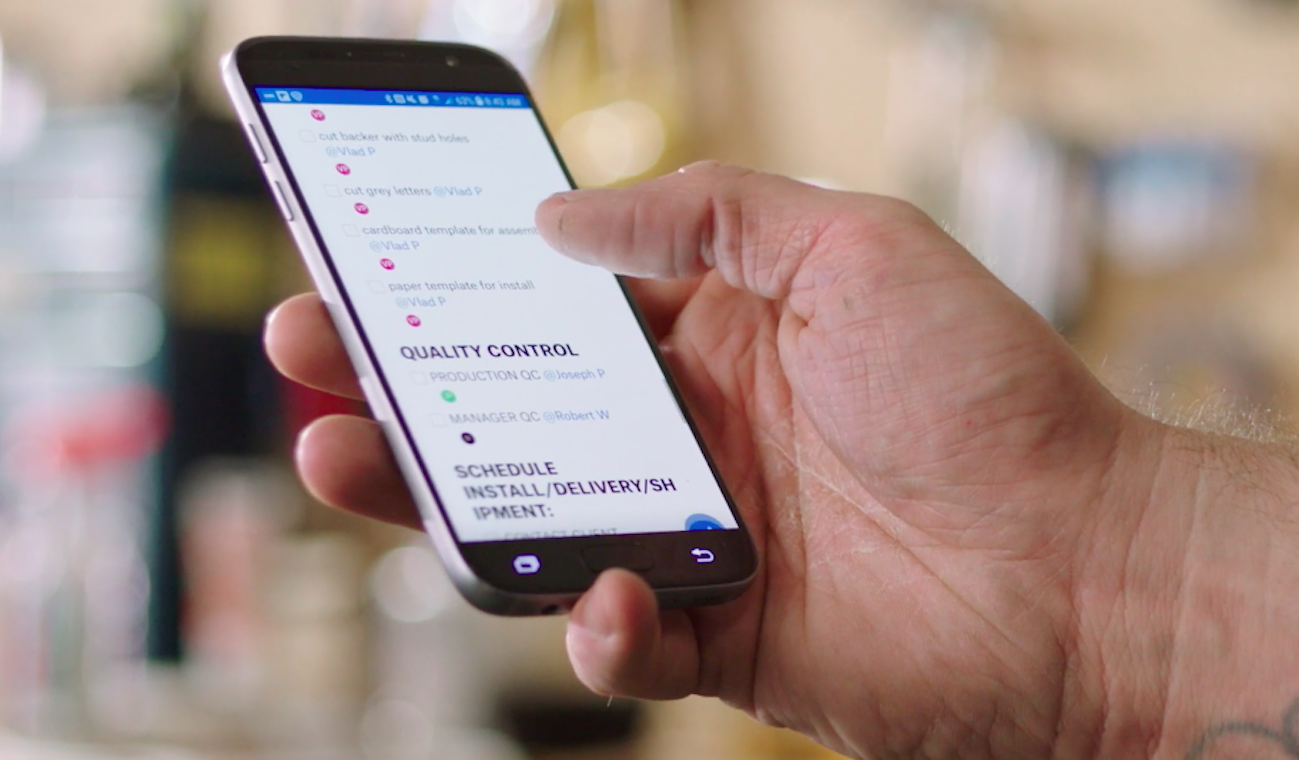
Wall says Paper helps his team get jobs done without a lot of re-dos or time wasted. And that kind of efficiency has enabled them to take on more projects and scale their business. A lot of their clients assume they’re already a much bigger company than they are. “Because of the way that we collaborate and run things, we're able to act like a big shop in the world of signs.”
To learn how Dropbox Paper can help your team bring creation and coordination together in one place, visit dropbox.com/paper.




